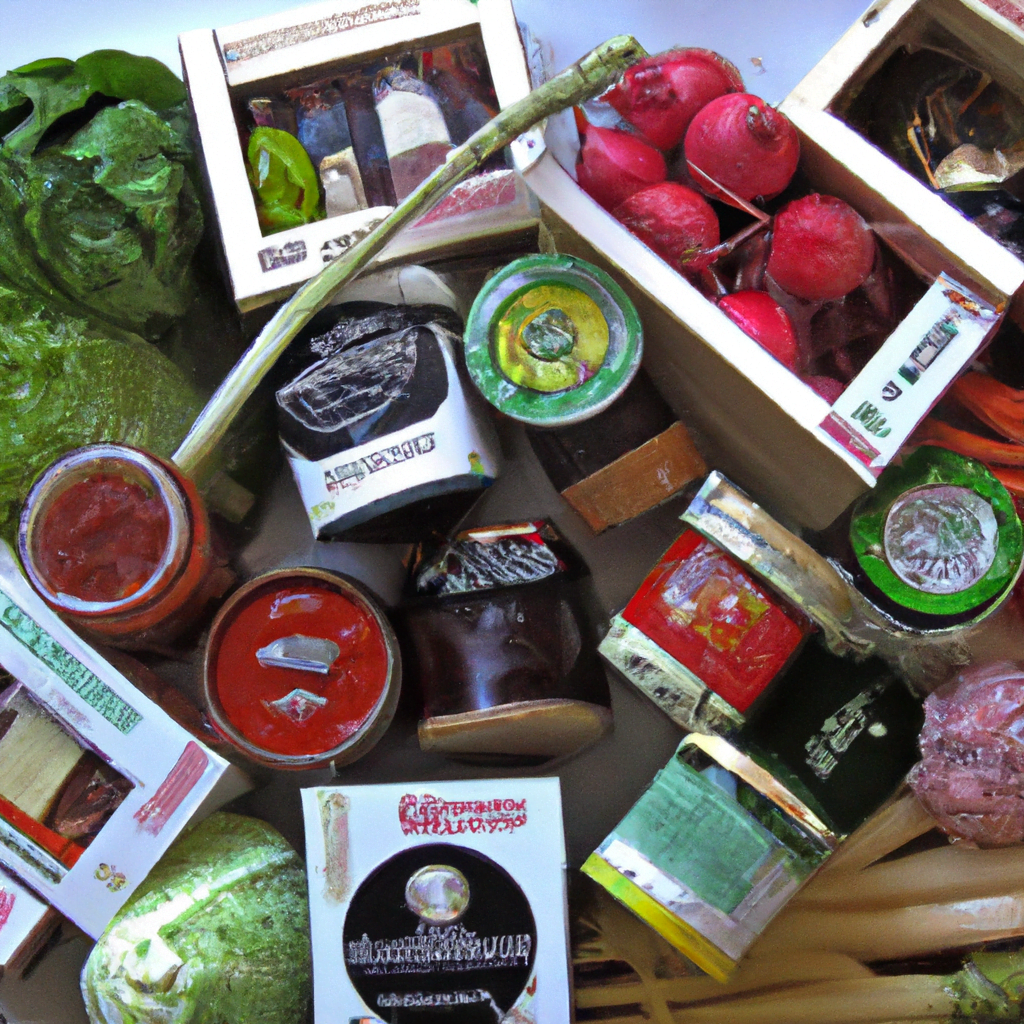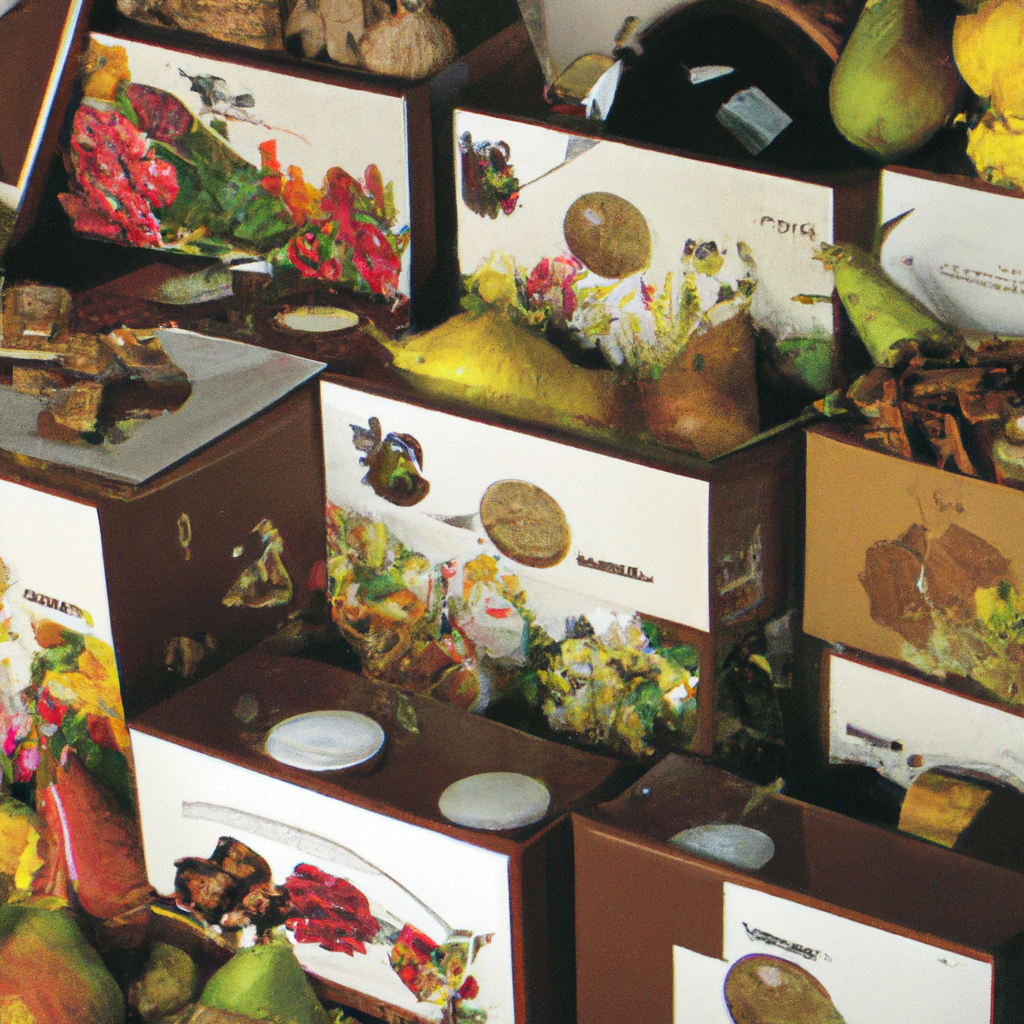
Packaging for Gourmet and Specialty Foods

Introduction
Packaging plays a crucial role in the food industry, especially for gourmet and specialty foods. It is not just a means of protecting the product but also a way to attract customers and differentiate the product from competitors. In this article, we will explore the importance of packaging for gourmet and specialty foods, the latest trends in packaging design, and the challenges faced by manufacturers in this industry.
The Importance of Packaging for Gourmet and Specialty Foods
Packaging is an essential part of the marketing mix for gourmet and specialty foods. It is the first point of contact between the product and the customer, and it can make or break a sale. A well-designed package can attract customers and communicate the quality and uniqueness of the product. On the other hand, a poorly designed package can turn customers away and damage the reputation of the brand.
Packaging also plays a critical role in protecting the product from damage, contamination, and spoilage. Gourmet and specialty foods are often delicate and require special handling and storage conditions. The right packaging can ensure that the product arrives at its destination in perfect condition and maintains its quality and freshness.
The Latest Trends in Packaging Design
Packaging design is constantly evolving, and manufacturers need to keep up with the latest trends to stay competitive. Here are some of the latest trends in packaging design for gourmet and specialty foods:
Sustainability
Sustainability is a growing concern among consumers, and packaging manufacturers are responding by developing eco-friendly packaging solutions. Sustainable packaging materials such as biodegradable plastics, paper, and cardboard are becoming more popular. Manufacturers are also reducing the amount of packaging used and making it easier for customers to recycle.
Minimalism
Minimalism is a design trend that emphasizes simplicity and functionality. In packaging design, this means using clean lines, simple graphics, and a limited color palette. Minimalist packaging can communicate the quality and sophistication of the product while also standing out on the shelf.
Personalization
Personalization is a trend that allows customers to customize their packaging to suit their preferences. This can include adding their name or a personalized message to the package. Personalized packaging can create a sense of exclusivity and make the customer feel special.
Transparency
Transparency is a trend that emphasizes honesty and openness. In packaging design, this means using clear materials that allow customers to see the product inside. Transparent packaging can communicate the quality and freshness of the product and create a sense of trust with the customer.
The Challenges Faced by Manufacturers
While packaging design is important, manufacturers face several challenges when it comes to packaging gourmet and specialty foods. Here are some of the challenges they face:
Cost
Gourmet and specialty foods often require specialized packaging materials and designs, which can be expensive. Manufacturers need to balance the cost of packaging with the need to create an attractive and functional package.
Regulations
The food industry is heavily regulated, and manufacturers need to comply with a range of regulations related to packaging. This includes regulations related to food safety, labeling, and environmental impact.
Shelf Life
Gourmet and specialty foods often have a shorter shelf life than other foods, which means that packaging needs to be designed to maintain the quality and freshness of the product for as long as possible. This can be challenging, especially for products that require refrigeration or other special storage conditions.
Conclusion
Packaging is a critical component of the marketing mix for gourmet and specialty foods. It plays a crucial role in attracting customers, communicating the quality and uniqueness of the product, and protecting the product from damage and spoilage. Manufacturers need to keep up with the latest trends in packaging design while also balancing the cost of packaging with the need to create an attractive and functional package. By understanding the importance of packaging and the challenges faced by manufacturers, we can appreciate the effort that goes into creating the perfect package for gourmet and specialty foods.
